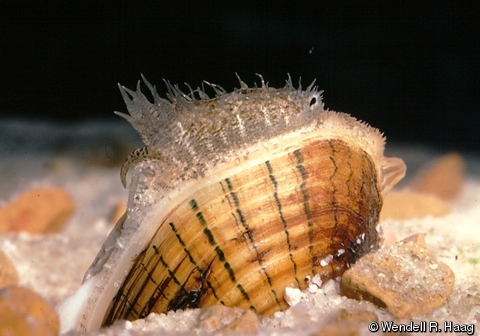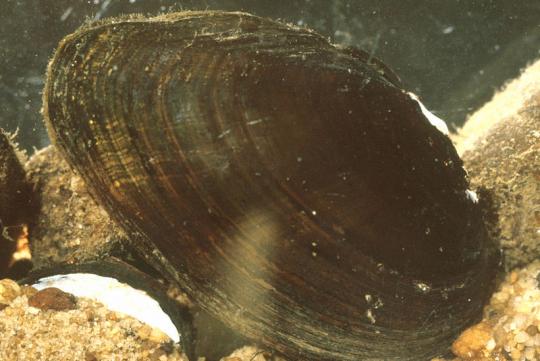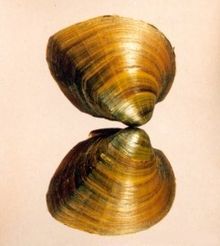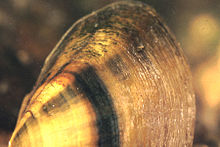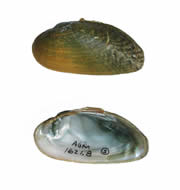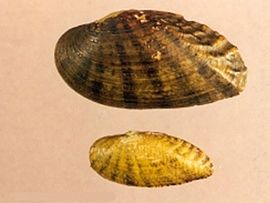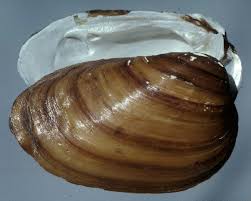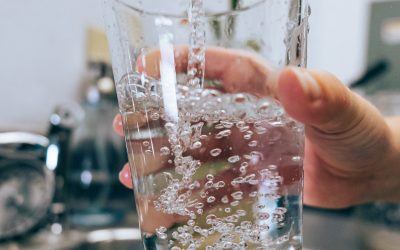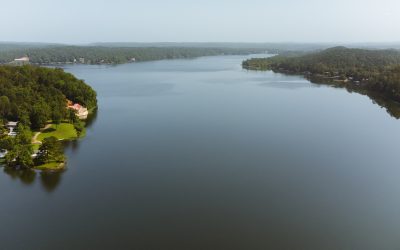Until the late 60’s, the Coosa River was a vast habitat for 147 species of fish, 91 species of snail, and 53 species of mussels. After the Coosa River was impounded with 7 Alabama Power Dams, these aquatic species lost the necessary means for their survival. For our many mussel and snail species, their extinction was due to these dams submerging their formerly rocky habitats, making it difficult for our snails and mussels to attach themselves to the river and creek banks. The reduced water flow by the dams also created a problem for each of the species that went extinct as many of them relied on free-flowing water for oxygen and food transportation.
The Coosa River was home to 82 endemic species of snails, 34 of which have now been reported as extinct as most of them have not been seen on the river since the early 1980’s.
More than 5 of the Coosa River’s 11 endemic species of mussels have been reported as extinct as they have also not been seen on the river since the 1980’s.
The species listed below are just a few of the aquatic animals that have experienced habitat loss and therefore endangerment or extinction on the Coosa River as a direct result of development.
Disclaimer: This content does not contain information about every species on the Coosa River that is now threatened and endangered or extinct due to a lack of documentation and research done on these species.
An Action for Everyone
- Find the critical habitats in your area using this map https://warcapps.usgs.gov/shu/Map
- Locate “Layers” on the menu of the map.
- Deselect “SHUs & SRRUs”
- Select “FWA Critical Habitat”
- Locate your local watershed
- Identify the endangered and threatened species in the area
- Learn about the species and appreciate its value to our ecosystem!
- Install or make an at home rain barrel – as rain water flows over a roof surface it can pick up pollutants such as bacteria from birds and other animals, and chemicals from roof materials and reduce the amount of pollution entering our waterways.
- Report species you find that may be threatened, endangered or extinct to the U.S. Fish and Wildlife Service. Do not try to move or interact with the species. Pictures are key!
- Use less fertilizer! Fertilizer stimulates microorganism growth causing algae blooms and the depletion of oxygen in surface waters.

